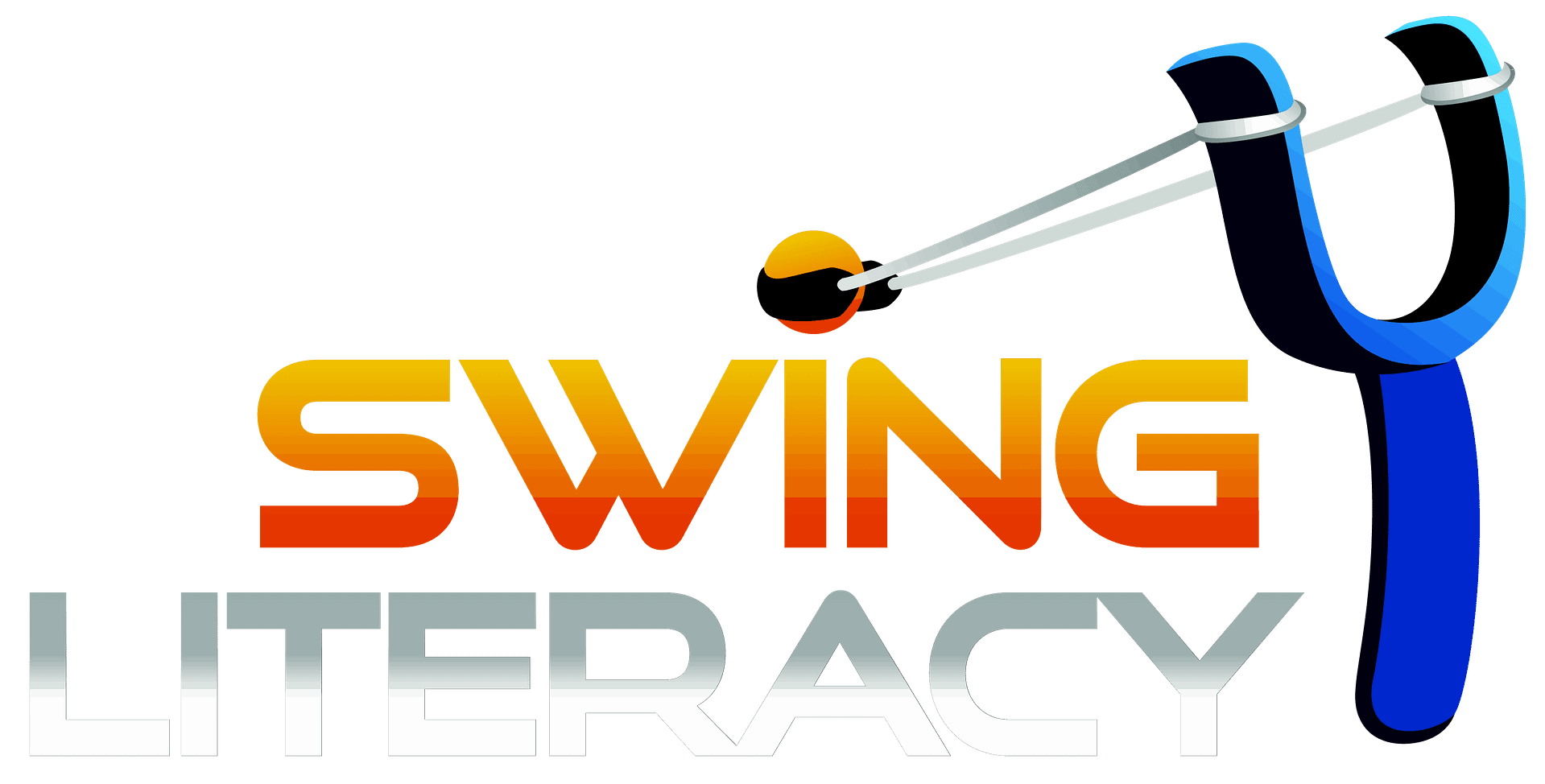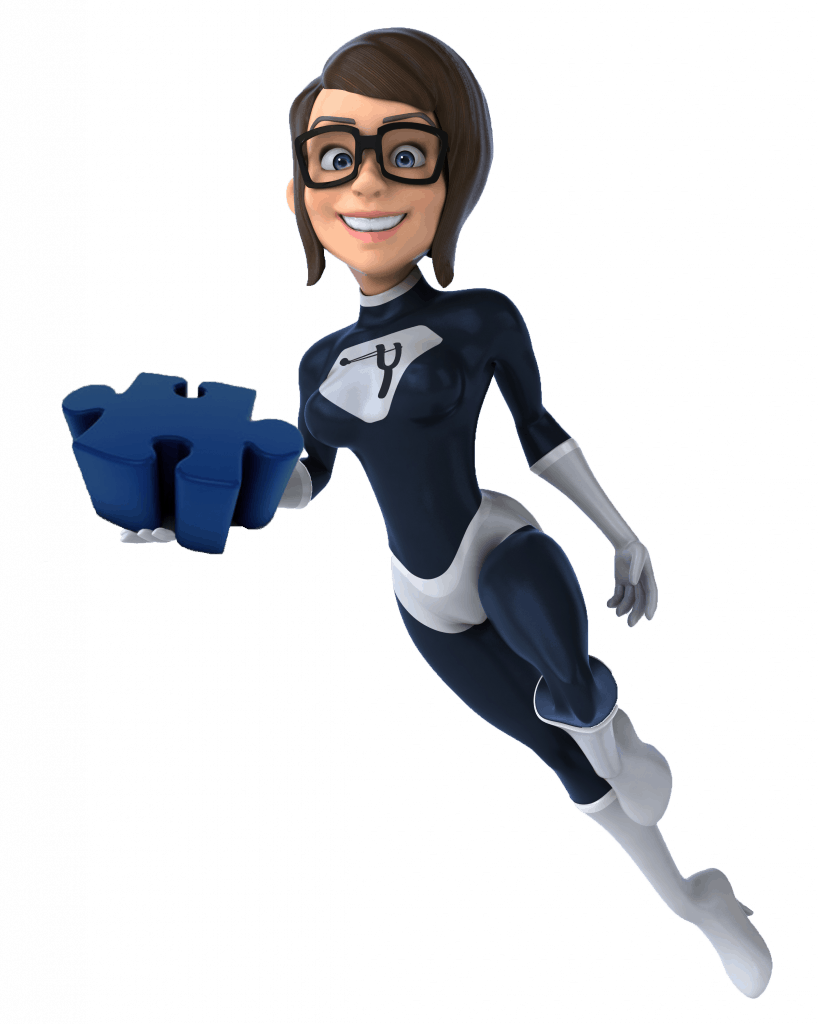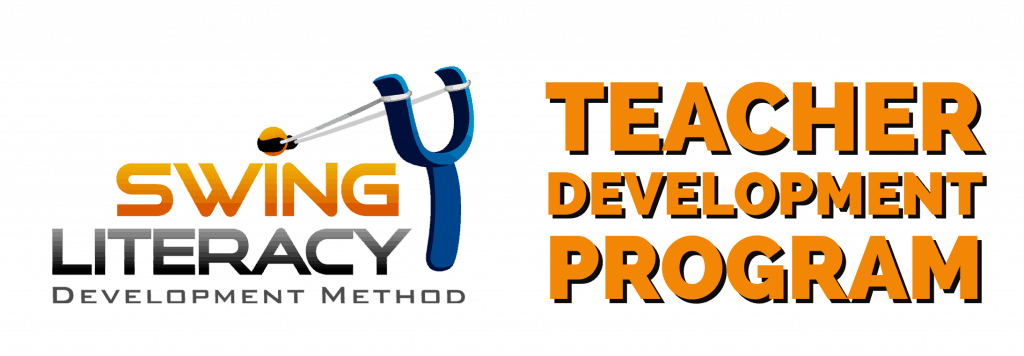No products in the cart.
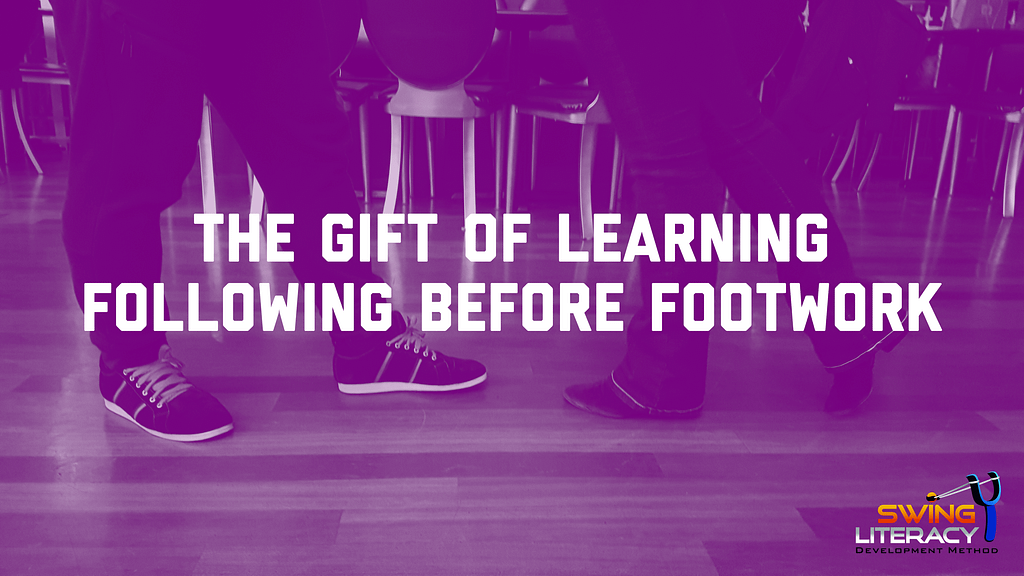
The gift of learning Following before Footwork
Reading Time: minutes remaining
Teaching Snack #5

Your struggle
You get people in the door for their first class. Yay!
But the enthusiasm of the first class dies out quickly, as students bow their heads, staring at the feet, trying to remember if their foot is supposed to cross in front or behind, cursing themselves when they “get it wrong”.
You try to encourage them, but when they try to “put it all together” at the end of class, they can’t make it work, or if they can, it doesn’t really feel like dancing.
So many of them don’t come back.
My Story
I had a distinct advantage when I first learned how to partner dance: I learned to follow before I ever learned a single step.
As a teenager, my dad used to bring me to his Arthur Murray social dance nights as daddy-daughter time.
I never took lessons. He was NOT a teacher and had no idea how to follow. I was a musician, so for each song that came on he would identify which dance should be done to that rhythm.
On the side of the floor, he would hold my arms up and say “this is frame – hold tone in your arms”. Then he would clap out the rhythm of each dance, like “2, 3, 4&1, 2, 3, 4&1 – this is called Cha Cha.” Then with no further instructions, he said, “now go follow someone.” That’s all I had to survive on. But I was able to follow 80% of what I was being led into, in any dance style.
I learned to follow before I ever learned a single step. It was the best gift my dad could have given me.
- I skipped all the strife about where to put my feet.
- I tuned my connection senses from day 1.
- I learned how to listen and adapt to any leader.
- I got to the fun part sooner, and everyone was surprised how quickly I picked things up.
Sure, you could chalk some of that up to natural ability and my athletic background, but I have seen professional solo dancers who struggle to learn to lead or follow in a partner dance. Partnering is a totally different skillset.
I picked things up quickly because I was not restricted with where my feet should go. I understood that the leader could drive me anywhere, and as long as I maintained the required connection and timing, I did not need to concern myself with where I landed – yet. I was responsive, flexible, and happy as a clam.
Later, obviously, I refined my skills, which was an easy sell because I was already having so much fun. I learned how to articulate through my feet to get optimal effect, how to manipulate my technique according to the character of dance required, and the various pathways I could move my feet in for styling and musicality without disturbing my connection.
Now I teach dancers how to lay aside the premature instruction they’ve had on foot placement, and instead prioritize the fundamental movement skills it takes to lead and follow.
They instantly get unstuck, progress faster, and have more fun. Once their skills are caught up, the footwork they were struggling with now comes naturally. And yes, this works for leaders, too.
They ask bewildered, “Why isn’t WCS taught this way everywhere?”
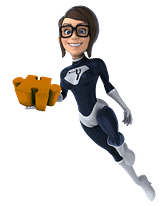
Takeaway Teaching Tips
- Consider that teaching dancing is more than teaching steps.
- Teaching steps-first presents a hurdle that most new dancers can’t overcome on Day 1, so they don’t come back.
- There are certain fundamental skills that dancers need in order to get started.
- What would you teach a new dancer if you took away prescribed foot placement?
- How could you make that fun so that they feel like they’re dancing on Day 1?
In the Swing Literacy Teacher Development Program, you can find out exactly what skills and patterns to teach new dancers, in what order, using fun drills and effective progressions that give them immediate success and make them want to come back for more.
Source:
-Teaching the Skills of WCS, Unit 3, Theory Module for Teachers, Swing Literacy Teacher Development Program
www.swingliteracy.com
Want to know exactly how to attract and retain new dancers?
As the source of R&D for teaching WCS, we produce curated resources, live trainings, and digital courses to help teachers teach West Coast Swing in the most effective way possible their students learn faster, better, and easier.
